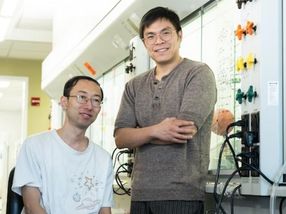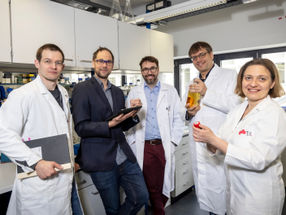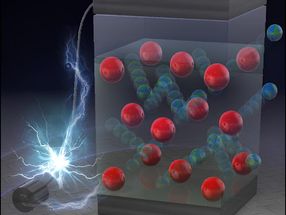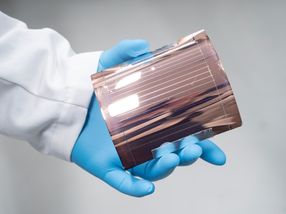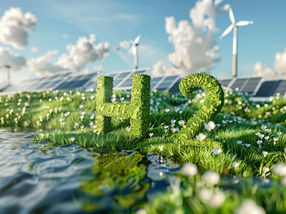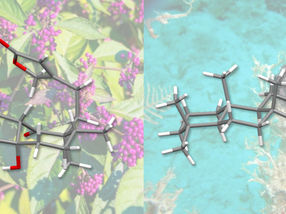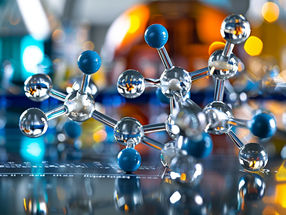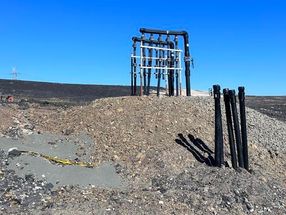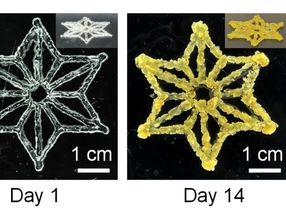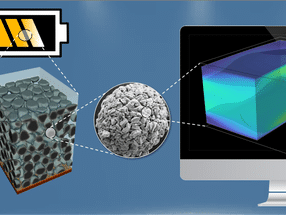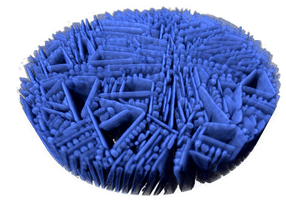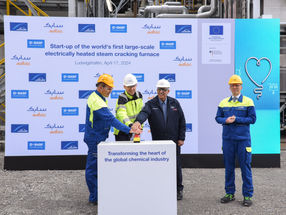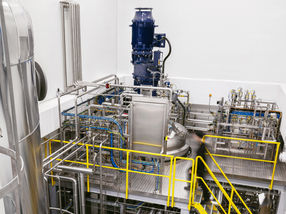Graphene: Scientists produce graphene using microorganisms
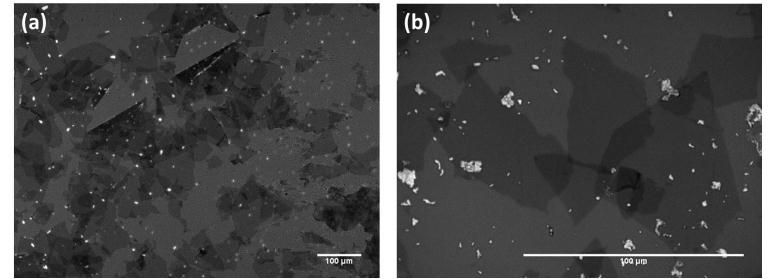
Fig.1: Image of reduced GO sheets on a SiO2/Si substrate. (a) Optical microscope image; and (b) higher magnification.
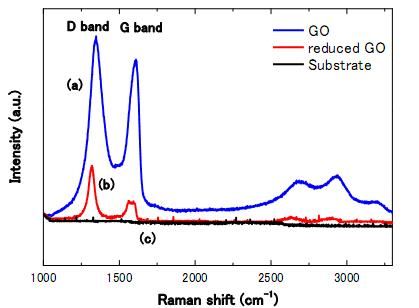
Fig. 2: Raman spectra of (a) chemically synthesized GO sheets, (b) reduced GO sheets after bacterial reduction without the addition of reducing agent and (c) the surface of SiO2.
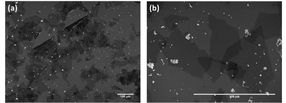
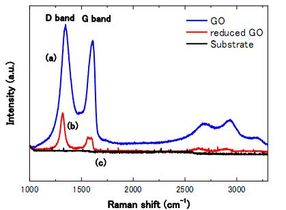
Other news from the department science
Most read news
More news from our other portals
See the theme worlds for related content
Topic world Synthesis
Chemical synthesis is at the heart of modern chemistry and enables the targeted production of molecules with specific properties. By combining starting materials in defined reaction conditions, chemists can create a wide range of compounds, from simple molecules to complex active ingredients.
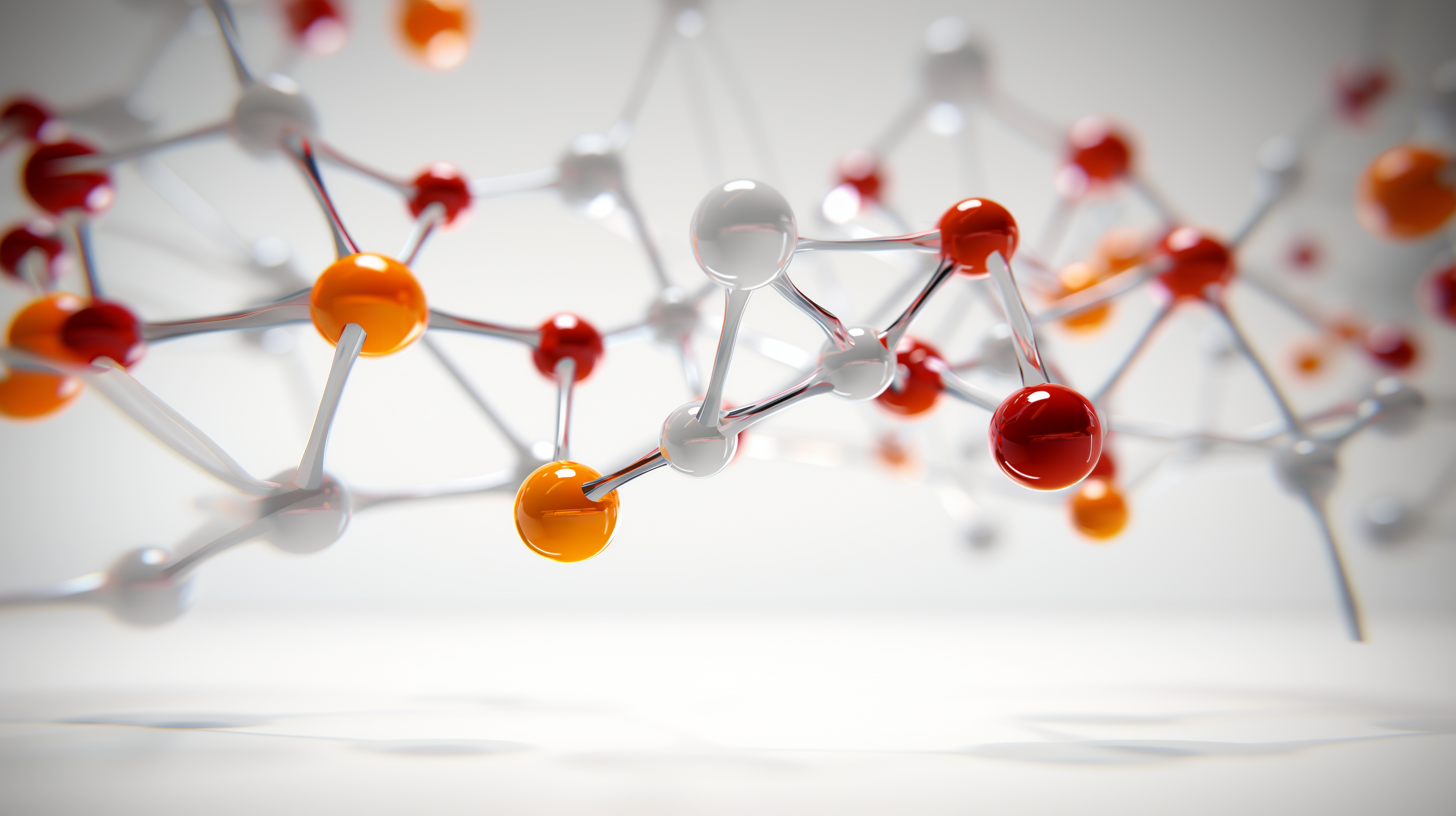
Topic world Synthesis
Chemical synthesis is at the heart of modern chemistry and enables the targeted production of molecules with specific properties. By combining starting materials in defined reaction conditions, chemists can create a wide range of compounds, from simple molecules to complex active ingredients.

